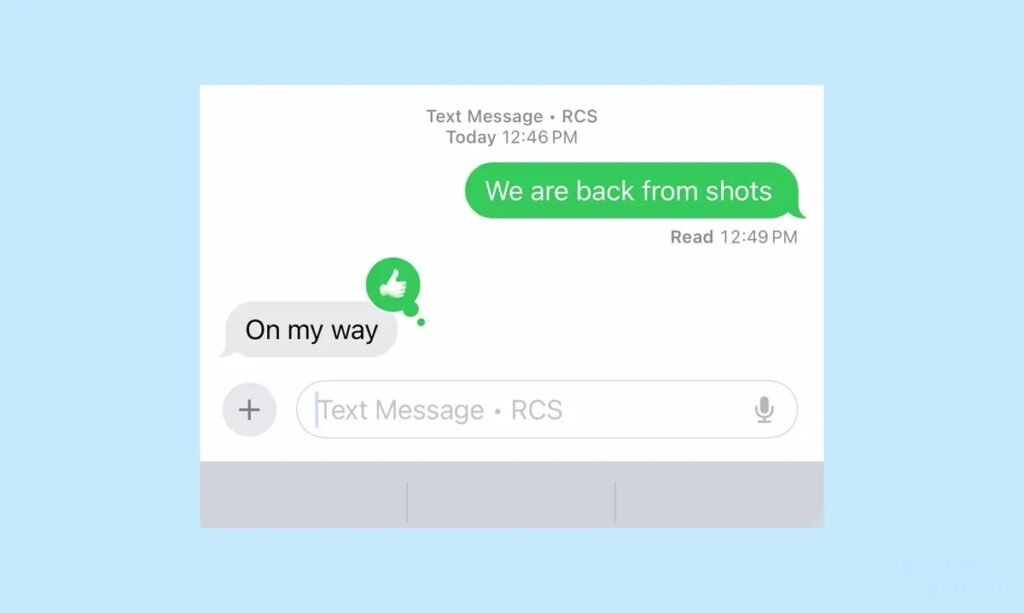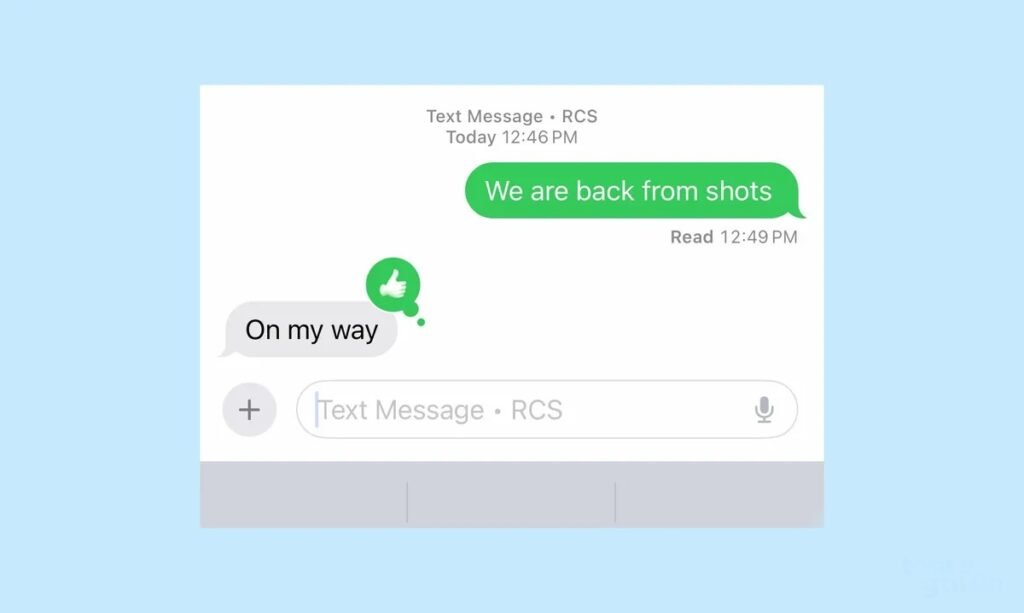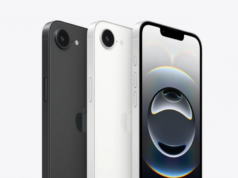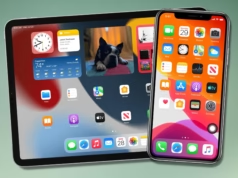The much-anticipated iOS 18 has officially launched, One standout addition is the introduction of Rich Communications Services (RCS Messaging) to the Messages app, bringing a more robust texting system that offers enhanced capabilities beyond traditional SMS and MMS messaging. However, activating RCS messaging on your iPhone isn’t as straightforward as just updating your software. It depends on whether your network carrier supports this feature.
So, how do you know if you can enable RCS messaging on your iPhone, and what do you need to do to get started? In this guide, we’ll walk you through everything you need to know about RCS on iOS 18.

What Is RCS Messaging?
Before diving into the steps for enabling RCS, let’s cover the basics. RCS messaging is a modern replacement for the outdated SMS (Short Message Service) and MMS (Multimedia Messaging Service) protocols that have been in use for decades. These older technologies have several limitations, such as the inability to send high-resolution images or long video files. In contrast, RCS offers a suite of advanced messaging features like read receipts, typing indicators, and support for high-quality media transfers.
Think of RCS as something akin to Apple’s iMessage, but without the Apple-only exclusivity. While iMessage only works between Apple devices, RCS is designed to function as a universal messaging protocol that bridges the gap between iPhones and Android devices. Essentially, RCS enables iPhone users to send better-quality images and videos to Android users, offering a much smoother cross-platform messaging experience.
However, despite its functionality, there’s a catch: for RCS to work on your iPhone, your mobile carrier must support it. This means that even though Apple has added RCS capabilities to iOS 18, it won’t be available for everyone right away. Your carrier must enable the service on its end.
Which Carriers Support RCS?
One of the key considerations in determining whether you can use RCS messaging on your iPhone is whether your network provider supports the feature. In the United States, the three major carriers—AT&T, T-Mobile, and Verizon—have already rolled out RCS support. This means that if you’re on any of these networks, you should be able to activate RCS once you’ve updated your phone to iOS 18.
However, if you’re on a smaller carrier, the situation becomes more complicated. Some of the subsidiaries of larger networks, such as Metro by T-Mobile and U.S. Cellular, have RCS capabilities. Others, like Mint Mobile and Boost Mobile, do not yet support RCS. It’s important to note that Apple provides a list of supported carriers on its Wireless Carrier Support page, so you can verify whether your provider offers RCS messaging.
RCS Support Outside the U.S.
For users outside the United States, RCS availability varies by region. In countries like Canada, Europe, and parts of Asia, many of the larger network carriers have already adopted RCS, making it available to their customers. However, like in the U.S., smaller or regional carriers may not yet offer support. If you’re unsure, it’s a good idea to check with your carrier to find out if RCS is available in your region.
How to Enable RCS Messaging on Your iPhone
Assuming your carrier does support RCS, here’s how to enable it on your iPhone running iOS 18:
- First, ensure that your iPhone has been updated to iOS 18. If you haven’t installed the latest update, you can do so by navigating to Settings > General > Software Update. If iOS 18 is available for your device, download and install it.
- After updating to iOS 18, go to Settings on your iPhone.
- Scroll down and tap on Apps.
- From the list of apps, select Messages.
- Under Text Messaging, locate RCS Messaging.
- Toggle the switch next to RCS Messaging to enable the feature.
If you don’t see the option to enable RCS, it’s likely that your carrier hasn’t rolled out support yet. As we’ll discuss in the next section, it may require a carrier-specific update to activate the feature on your device.

Carrier Updates and RCS Rollout
Even if your iPhone has iOS 18 installed and your carrier supports RCS, you might not be able to use the feature right away. This is because carriers need to send out an update to activate RCS messaging on their networks. Throughout the iOS 18 beta phase, many of these updates were tied to new beta builds, meaning some users saw RCS support come and go as their carriers tested the service.
Once your carrier releases the required update, you should be able to enable RCS through the settings menu as outlined earlier. If the feature isn’t available immediately after updating to iOS 18, you may need to wait for your carrier to push the update to your device.
The good news is that more and more carriers are expected to add RCS support in the coming months, so if your network provider doesn’t offer it yet, it may be just a matter of time before you can start using the feature.
How Will RCS Messages Look on Your iPhone?
Once RCS messaging is activated, you’ll notice a few changes in your Messages app when sending texts to Android users. While the familiar green text bubbles will remain (indicating a non-iMessage conversation), the message feed will now display a “Text Message – RCS” label. This lets you know that your conversation is using the upgraded RCS protocol instead of traditional SMS or MMS.

With RCS enabled, you’ll be able to send high-quality images and videos to Android users, a significant upgrade over the current system, which compresses media and reduces quality. You’ll also benefit from features like read receipts, typing indicators, and improved group messaging—capabilities that Android users have enjoyed for years but were previously unavailable to iPhone users.
What to Do If RCS Isn’t Available for You
If you’ve followed all the steps and find that RCS messaging still isn’t available on your iPhone, there are a few possible reasons. First, confirm that your carrier supports RCS by checking Apple’s Wireless Carrier Support page or contacting your network provider directly.
If your carrier does support RCS, but you still can’t enable it, the issue may be tied to a pending carrier update. In this case, patience is key. As more carriers roll out the required updates, RCS support will become more widespread.
Lastly, if you’re using an older iPhone model, it’s important to note that RCS messaging is only available on devices starting with the iPhone XR and newer. If you’re using an iPhone 8 or earlier, upgrading to a more recent model may be necessary to take advantage of RCS.
Conclusion
With iOS 18’s launch, Apple has finally brought RCS messaging to iPhone users, allowing for improved communication between iPhone and Android devices. While the rollout depends on carrier support, major networks in the U.S. and many other regions have already adopted the feature. By following the steps outlined in this guide, you can check if RCS is available for your iPhone and enable it to start enjoying the benefits of modern messaging. If RCS isn’t available for you yet, don’t worry—more carriers are expected to support it soon.






